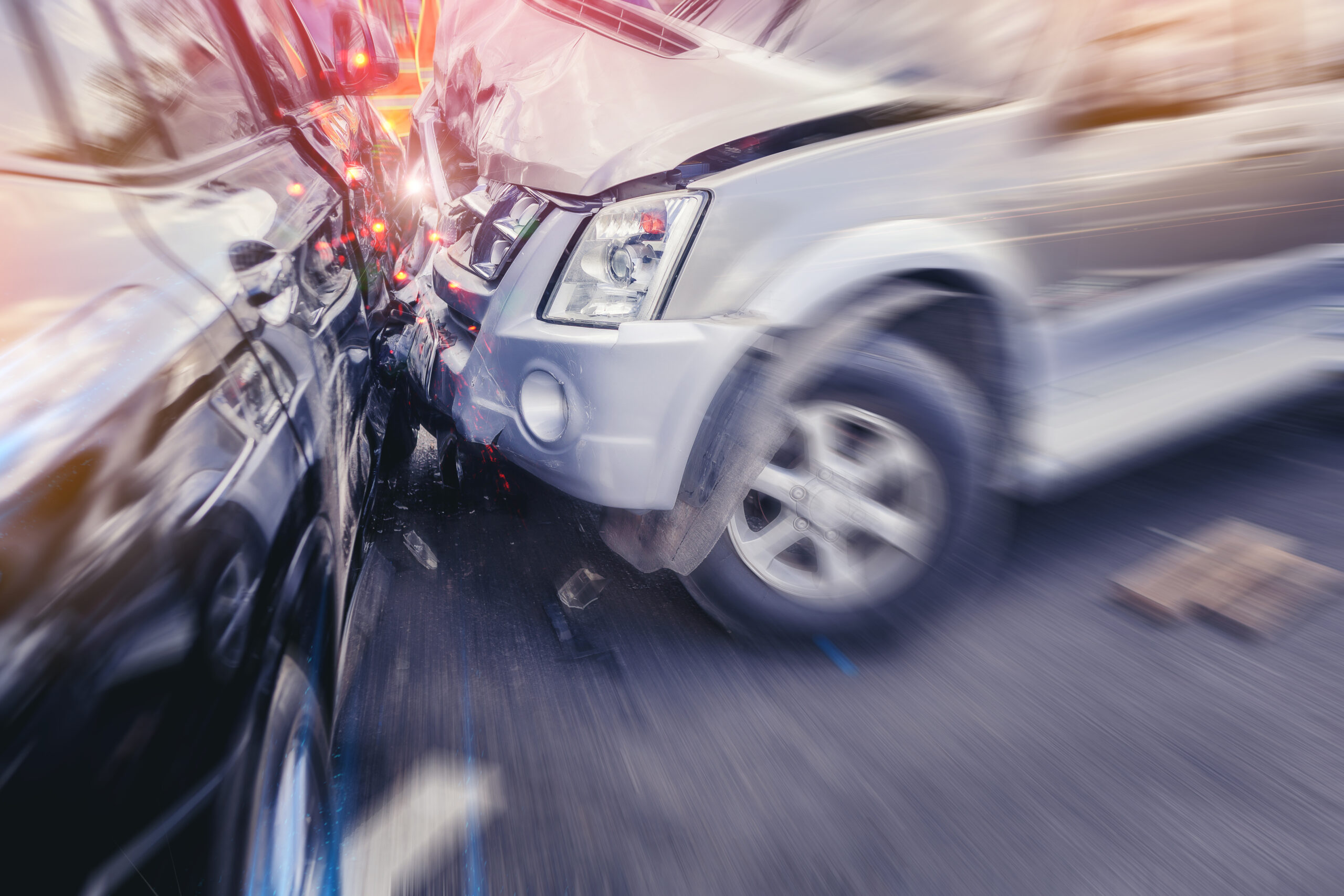
We know the pictures from the news, the consequences from the traffic radio: Complete closure. Accident. Seriously injured. Fatalities. Anyone stuck in a traffic jam on the highway after an accident is annoyed by the loss of time. What does it mean for those affected? ... - What does this have to do with snoring? Well, a third of all fatal accidents on highways are attributed to microsleep. A bitter truth for anyone who suspects that they have breathing interruptions during sleep.
Sleep apnoea is considered the most important cause of microsleep, ahead of irregular shift work, drug and alcohol consumption. But what is behind the disease, which is often referred to as "obstructive sleep apnoea" or OSA?
Under Sleep apnea is understood Frequent breathing interruptions during sleep. The pauses in breathing lead to oxygen desaturation of the blood, and this desaturation triggers a wake-up reaction in the sleeping person - actually a protective mechanism of the body against suffocation. The problem: the Wake-up reaction prevents restful sleep and especially the deep sleep phases.
People with sleep apnoea literally struggle to breathe at night, but they usually know nothing about it the next morning. The extent of this ignorance is frightening: More than 80% of those affected do not know that they have sleep apnea.
The health consequences are manifold. One consequence, however, is that people with untreated sleep apnoea have a higher level of sleep than healthy people. Twice the accident risk The risk of serious and fatal accidents in particular increases.
A quarter of all fatal accidents are attributed to microsleep at the wheel, on highways even a third. The increase in the risk of accidents is due to two things: firstly, the Extension of the reaction timeon the other hand, the dreaded Microsleep.
In addition to the microsleep, the higher risk of accidents results primarily from the longer reaction time. As the Stiftung Warentest reports, braking distances are significantly longer in driving tests when sleep apnea patients were behind the wheel.
People who suffer from sleep apnea and therefore have increased daytime sleepiness, are more vulnerable in road traffic. Twice as much at risk as people with healthy sleep. French researchers discovered this on a test track near Grenoble.
The result of their investigation:
Underdiagnosed sleep apnoea naturally has particularly serious consequences for professional drivers - for example of trucks, buses, cars and trains. These drivers spend several hours a day concentrated at the wheel.
In addition, cab, truck and bus drivers are particularly likely to be overweight, partly due to their sedentary work. This means that obstructive sleep apnea (OSA) is more common in them than in the rest of the population. Nevertheless, there is no screening for sleep apnoea - until now possibly because there is no widespread opportunity for screening.
The medical app Snorefox is a way to screen yourself for sleep apnea. Snorefox answers the question "Is my snoring dangerous?" - and uses a traffic light system to indicate whether Dangerous breathing interruptions during sleep exist.
The result is displayed directly in the app and is not transmitted to any other location. Snorefox therefore offers the option, first make an assessment for yourself to receive.
All those affected need for this is a reasonably up-to-date smartphone and the opportunity to sleep alone for a few nights. Because when using the Snorefox, no two people are allowed to sleep in one room - and pets (purring cats and snuffling dogs) also have to leave the bedroom.